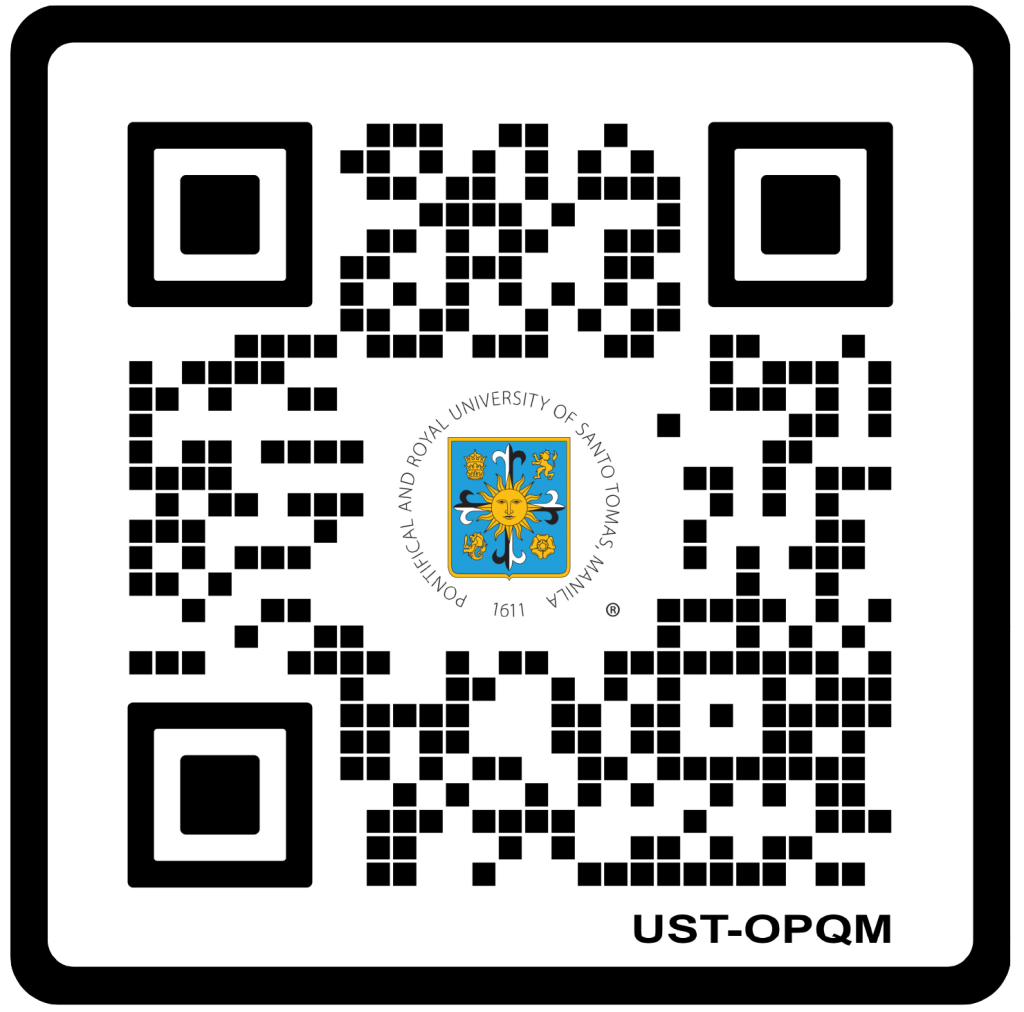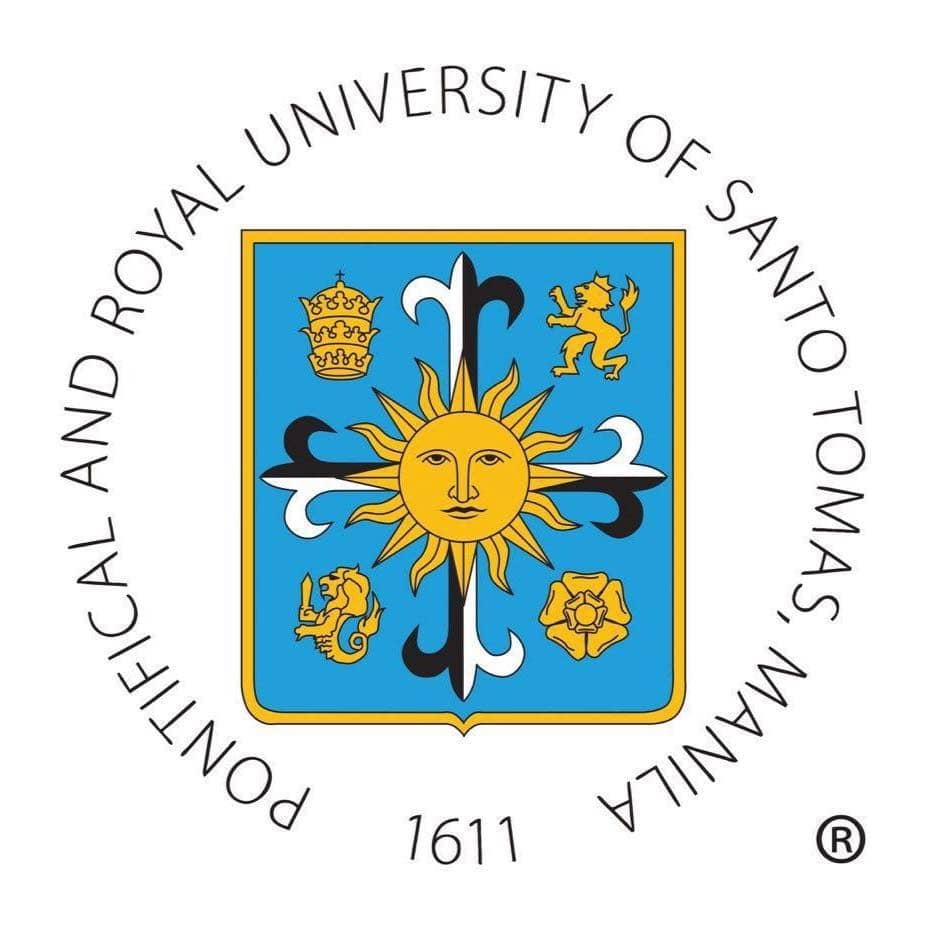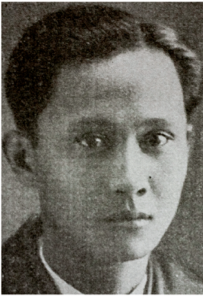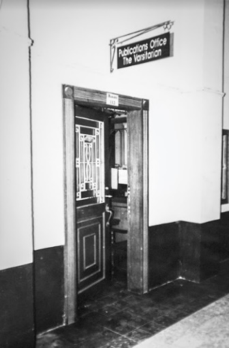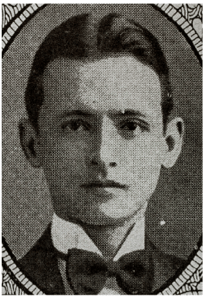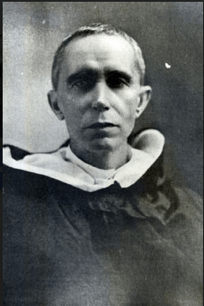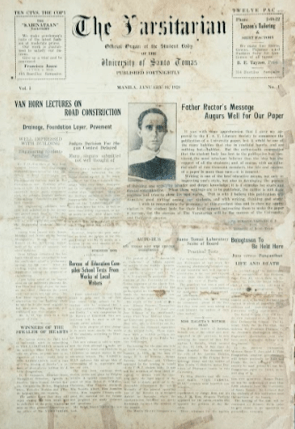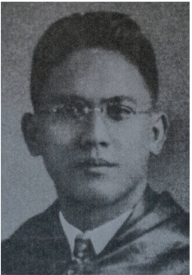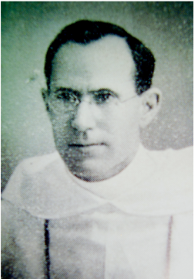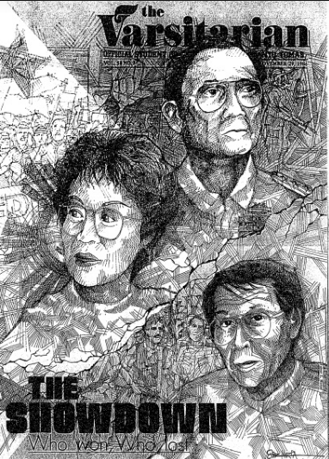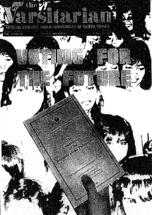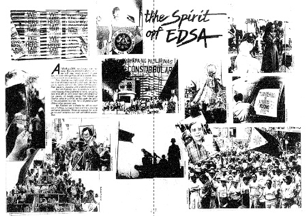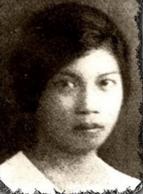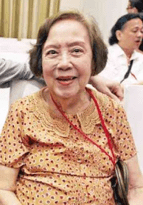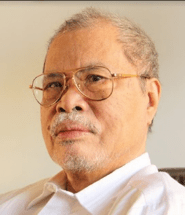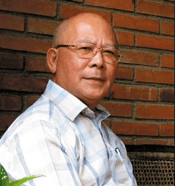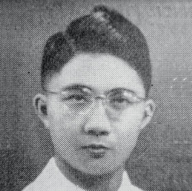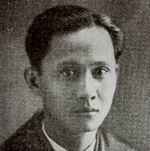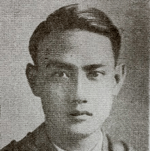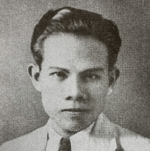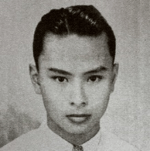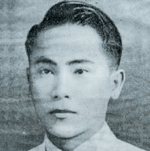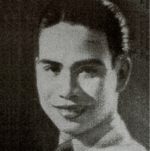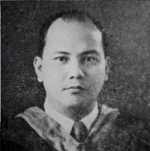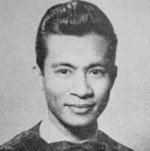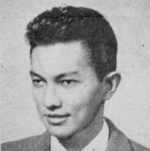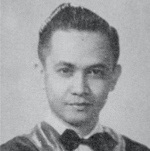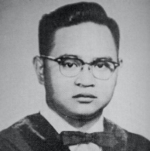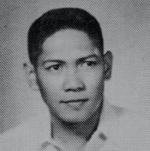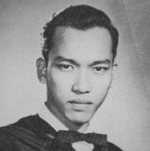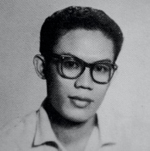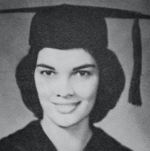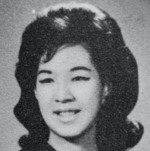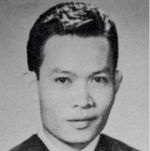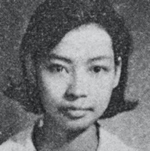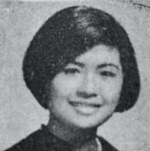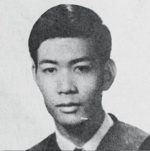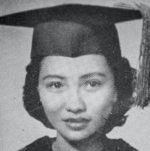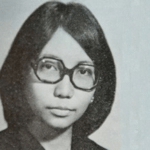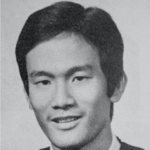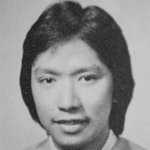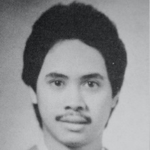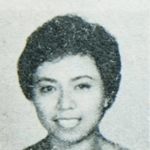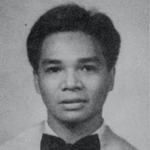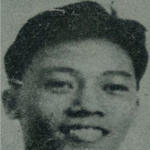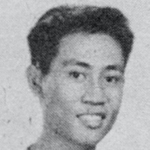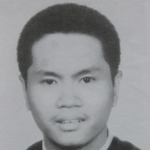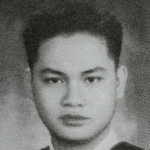It took more than three centuries since its foundation before UST came up with its own official school paper. It needed the resourcefulness and courage of Jose Villa Panganiban (who later became the head of the National Language Institute) and the other founding fathers before the wish of having “something to write on” was realized. Indeed, putting up a school paper then was next to the impossible – financially and administratively.
One day in September 1927, a group of young Thomasians under the leadership of Panganiban, gathered at the University restaurant. The group drafted a petition addressed to the Rector, Rev. Fr. Serapio Tamayo, O.P., calling for the establishment of an official student organ in UST. The idea, however, became an unhappy victim of the Filipino ningas cogon. Instead, the UST Literary Club was organized. It received official sanction from the Father Rector in December of the same year.
Despite the pessimism of everyone, of even some of the initiators themselves, about the feasibility of a student paper in the University, the club, under the presidency of Pablo Anido (a junior medical student), revived the original plan of putting up a college paper.
At the same time, Panganiban, who was then working as a hotcake cook in the University restaurant, wrote a letter to the Father Rector and presented his views about the matter: “There are 2,000 students in Santo Tomas. Let us admit that 1,000 of these are slackers, but we still have 1,000 students to help us in the undertaking. At [a] 50-centavo subscription from each of the latter, we can publish a college paper that will live until March 1928 at least. Besides, there is income from the advertisements, and this will help a great deal.”
Prof. John Jefferson Siler of the English department and one of the moderators of the Literary Club admitted that the suppositions of the hotcake man were really convincing. So after a series of correspondences and conferences with the Father Rector and University authorities, and with the support of Professor Siler, the Father Rector gave his approval.
Consequently, on the morning of January 16, 1928, the maiden issue of the Varsitarian came off the press. Anido became the first editor in chief of the Varsitarian, with Panganiban, the hotcake man and fondly dubbed the “Father of the Varsitarian,” as the associate editor, business manager and editor of the Alumni and Humor sections. Rev. Fr. Juan Labrador, O.P. (Dean of Liberal Arts) and Professor Siler became the first moderators.

